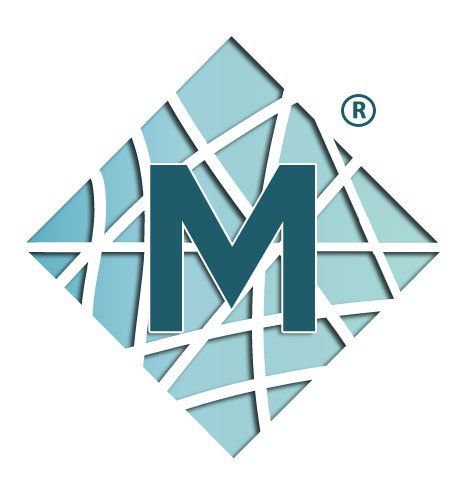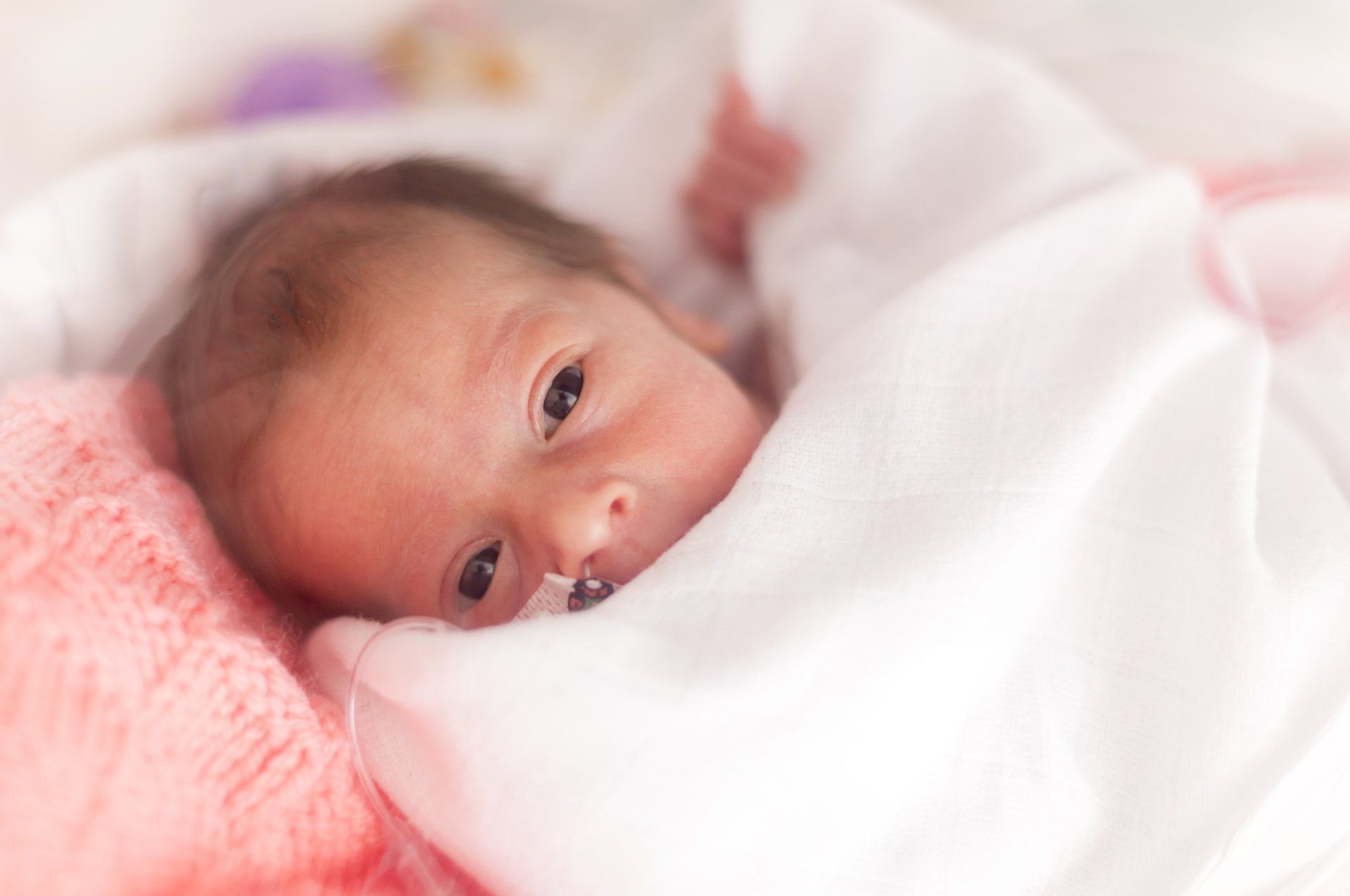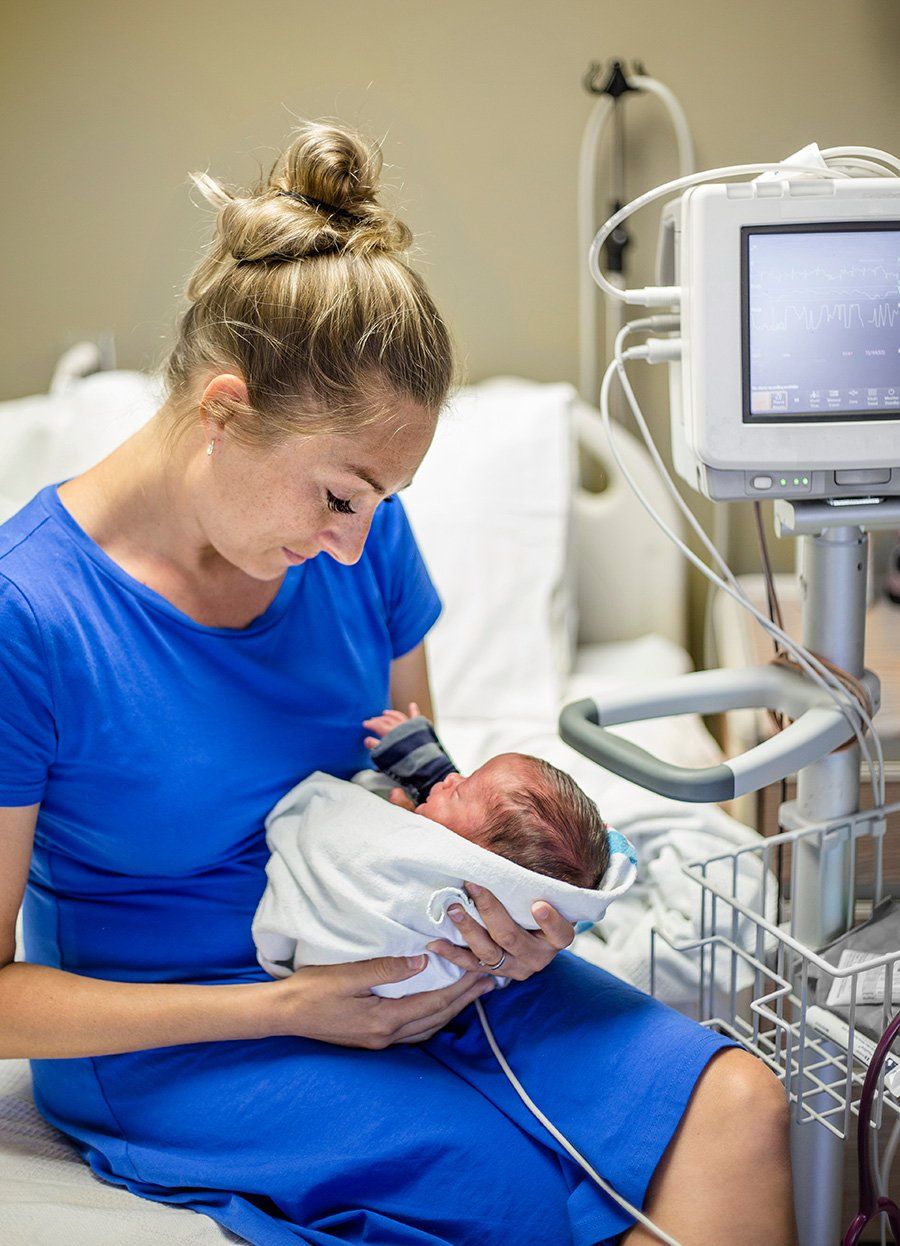Emotions in the Matrix
Emotions in the Matrix
How do emotions store in the fascial matrix?
A ten-month-old baby girl presented with ARFID, avoidant restrictive food intake disorder. The child refused all liquids and foods after receiving open heart surgery.
After many medical evaluations and diagnostic tests, the family was told that the child’s condition was due to post-traumatic feeding disorder (fear of feeding). They were told that her refusal would pass on its own and she would eventually eat. In the meantime, she was intubated with an NG tube to sustain her life until she “grew out of” the problem.
Two months went by, and the family began to search for another answer and another solution.
After applying the FMCM protocol, this baby girl began to accept purees and small pieces of fruit.
I will return to this story in a bit.
Trauma to the Matrix
The fascial matrix has solid and liquid components which act together in perfect synergy. Fascia is composed of load bearing structural proteins, such as collagen and elastin. These specific proteins allow your tissues to both stiffen and relax, contract, and stretch. They provide stability. The fluid aspect of fascia is responsible for cell migration, shock absorption, and sliding/gliding functions.
Each fascial cell is electromagnetic and communicates with the other cells by sending and receiving signals; a concept known as Quantum Entanglement. This means that every cell is aware of what happens to another cell, no matter how far away.
Through this process of communication, we know that the role of fascia not only impacts the physical sphere of the body, but also influences the emotional sphere. The fascial continuum constantly transmits and receives information that influences the shape and function of the entire body.
Through our clinical experience with over 3,000 patients, we know that the fascial matrix records ALL the elements related to a difficult, traumatic, or stressful event. All events are imprinted, even those that seem inconsequential.
During emotional or physical trauma, the fascial fibers react protectively by locking down. This is an involuntary response to fear or pain. OR to the threat of fear or pain. The matrix serves to protect the body. However, if one does not allow the appropriate fight or flight reaction (such as crying or yelling) following a fearful event, the parasympathetic nervous system cannot elicit the rest and restore response.
The emotional response to such events affects the integrity of the fascial tissue. When the innate freeze/fight/flight response is interrupted and is not permitted to express through to complete the discharge of fear chemicals (adrenaline, uric acid, lactic acid, etc.), the body traps this “stew” of fear chemicals into the weave of the fascia. Over time, these chemical byproducts marinate in the muscle, fascia, organs, vessels, and nerves and eventually become crystalized. This response solidifies our physical body, while simultaneously creating emotional limitations that can last a lifetime.
Fear can impact the fascial matrix starting at conception and can continue during fetal development. Studies have shown that a fetus is absorbing the chemical hormones from the maternal body as he/she is developing in utero. Our clinical research demonstrates that all maternal thoughts, feelings, and emotions are felt and processed by the fetus via the matrix connection. Therefore, all chemical stress hormones will accumulate and store within the fascia of the fetus and accumulate in their body as if it were their own. We believe this is one of the ways in which intergenerational trauma stores in the body and continues to be passed on.
From there, we accumulate life stresses or traumas. The layers that imprint can be as serious as accidents, illnesses, surgeries, physical abuse, and/or sexual abuse. These traumas will always be unique to the individual and how they impact the fascial matrix.
As an example, cesarean sections have become common place in this country. Roughly, one out of every three babies born are delivered via c-section.[i] The events leading up to that surgery will be unique to each woman, leaving each with a different emotional charge. One woman may experience significant labor trauma resulting in an emergency and lifesaving c-section, where another woman may receive a scheduled c-section based on her prior clinical history. This experience will imprint a completely different physical and emotional scar from woman to woman.
The woman who experienced the emergency will have different areas of adhesions based on the accumulation of procedures and occurrences that impacted her body up to the surgical point. Her matrix will store the fight/flight hormones in the tissue as her body is being sewn up from the surgery. The emotions and the bracing/stress patterns will become locked in her structure as her body is healing from the surgery and will solidify over time. They will not disappear once the emergency is over. Instead, they remain deep within the mind body continuum and dictate the future realities. In the acute state, this woman may suffer from post-partum anxiety, PTSD, depression, limited mobility, and more. If left unresolved, the body will create physical compensations, while the emotional/psychological perspective will alter based on the traumatic experience.
As is typical with significant or repetitive traumas, the body’s limbic-hypothalamic system will adapt and develop strategies to protect itself from further trauma.[ii] Our clinical data supports this concept where we have observed our clients avoid certain postures or create compensative postures to avoid inducing memories related to the traumatic event(s). The avoidance of body position or postures related to fear is called holding or bracing patterns.
Let us revisit the case story of the ten-month-old baby. After her open-heart surgery, the baby locked her posture in a slightly flexed position to avoid feeling pain. At her first evaluation, she looked “frozen” physically and emotionally. A fetus or newborn can experience pain with a wide-open sensory window. S(he) cannot call a friend and talk but can only internalize it or cry. There are no words to clarify or explain it.
All diagnostic tests ruled out physiological causes for her condition. “She could swallow, she just refused”, said the health professionals.
Overtime, the bracing pattern from the surgical experience, along with the trauma from the NG tube/medical tape, altered the makeup of the fascial weave. The immobilization created tissue that became matted, stuck, and solidified. This effect shortened the space in her thorax, throat, buccal, and intraoral tissues, which eliminated her ability and desire to swallow.
These bracing patterns remain within the nervous system until the freeze response can be interrupted. This allows the parasympathetic nervous system to kick in and restore the body back to balance.
After five FMCM sessions where we gently elongated the thickened tissues, the baby girl was able to release the freeze/fight/flight hormones, as well as her bracing patterns within the adhered tissue. She then began to accept food by mouth.
While this story represents an obvious form of trauma, we must look at the more “subtle” types of life events that create imprints and layers within our matrix.
In general, most adults live under “rules and guidelines” to be accepted into society. These filters often say, “not now”, that behavior is inappropriate. I remember such an instance that occurred with our daughter.
We had just returned home from our first hurricane evacuation (an incredibly stressful event) with her extremely sick cat. Our daughter and her cat have a bond that is extraordinary. While at the veterinary hospital, my daughter managed to stay calm until we were told that her kitty had to be hospitalized. She immediately broke down sobbing with grief. The veterinarian became palpably uncomfortable and reacted by saying these words to our daughter, “Stop crying. Be strong. Your kitty needs you to be strong for him.” Before I could intervene, I saw my daughter tuck her head in shame and retracted the grief that was flowing appropriately.
How many times has your emotional expression been shamed or suppressed as a child? Were you held in a space that supported full expression of whatever emotion needed to be released or were you told to “be quiet” or shamed for “inappropriate” emotions?
During this event with our daughter, we were not able to take back the words that the vet projected on her, but we were able to give her the space to fully cry, shake, and express her emotions IN COMPLETION. Once complete, our daughter handled the entire situation with emotional resilience.
Bracing patterns can also layer from chronic stress. Adults who grew up in tumultuous environments, such as homes where parents were alcoholics, narcissistic, verbally abusive, or emotionally/physically unavailable, carry thousands of bracing patterns. Those children and adults carry a subconscious imprint of “walking on eggshells” and are bound in layer upon layer of protective armor. This imprint becomes incredibly integrated within the matrix, thus altering a person’s perception of reality.
An adult client shared a story of his childhood where he was harassed by his older siblings. As a child, he would shuffle down the staircase in a sideways posture to “prepare” himself for the attack that occurred when he reached the bottom of the staircase. The man’s siblings would ambush him with verbal and physical roughhousing once he reached the bottom of the staircase. This occurred daily.
In the family dynamics, this type of event may be considered “normal” or “typical” between siblings, but what kind of imprint does it leave on the emotional matrix?
As an adult, this man still goes down the steps sideways despite the threat of attack being long gone. It continued to be a bracing pattern well into his adult years. So why would this matter anymore?
First, the physical tension of maneuvering down the steps inappropriately creates stress on the structure. Every time your body compensates to avoid pain or stress, it finds the path of least resistance. Over time, this compensation affects your overall movement. You may move differently by avoiding certain positions and eventually this compensation becomes your new “normal”. Deeper within your body, the effects of compensation can be less obvious to you. Your bones, muscles, organs, nerves, and fascia now must move and function in ways that are not efficient or optimal. With every trauma, your body must adapt, and then adapt more…layering restrictions. Eventually the bound body can no longer compensate and says, “I have had enough”! The physical result of the above trauma manifested as back pain, joint pain, and imbalances in the core.
The most serious consequence of this man’s childhood experience is the fact that he still braces himself daily for the threat of trauma that is no longer a reality. The body cannot heal itself of anything if it is in a chronic state of freeze/fight/flight protection. As the brilliant, Dr. Bruce Lipton conceptualized, if energy is being used to defend yourself from a tiger attack (fight/flight situation), the immune system will not prioritize the job of healing an injured back or painful joints.
Fear has the greatest impact on the architecture of the human fascial matrix. The matrix encapsulates the body in the form of bracing patterns, locking in the moment(s) and time(s) the body became “frozen” in fear. Most people are moving through life unknowingly bound and many have lost the ability to “feel” themselves.
Matrix Energy Healing provides an evidence-based mindful healing approach on how to recover from trauma and stressful life experiences through a specialized form of fascial movement therapy and quantum healing work. Through this process, the receiver can access, process, and release unresolved trauma. The emotional body is never injured or retraumatized during the therapeutic process. Instead the mind/body continuum creates awareness through the conscious mind as it can connect the bracing patterns and habitual behaviors to the trauma, thus discharging emotional and physical limitations.
We want you to understand that No trauma is ever small. No pain is ever small.
We all have fractured parts within us. Parts of us that have been hurt and hidden away. The longer we deny those wounds, the more they unconsciously guide our lives. Just because we hide the wounds, it does not mean that they have gone away. The true path to finding a sense of freedom is to acknowledge and resolve the wounds within.
_________________________________________
[i] Study: C-Section Rates Nearly Doubled Since 2000. WebMD; [October 12, 2018]. http://www.WebMD.com/Pregnancy/News
[ii] Seyle H. The stress of life. New York: McGraw-Hill, 1976.









